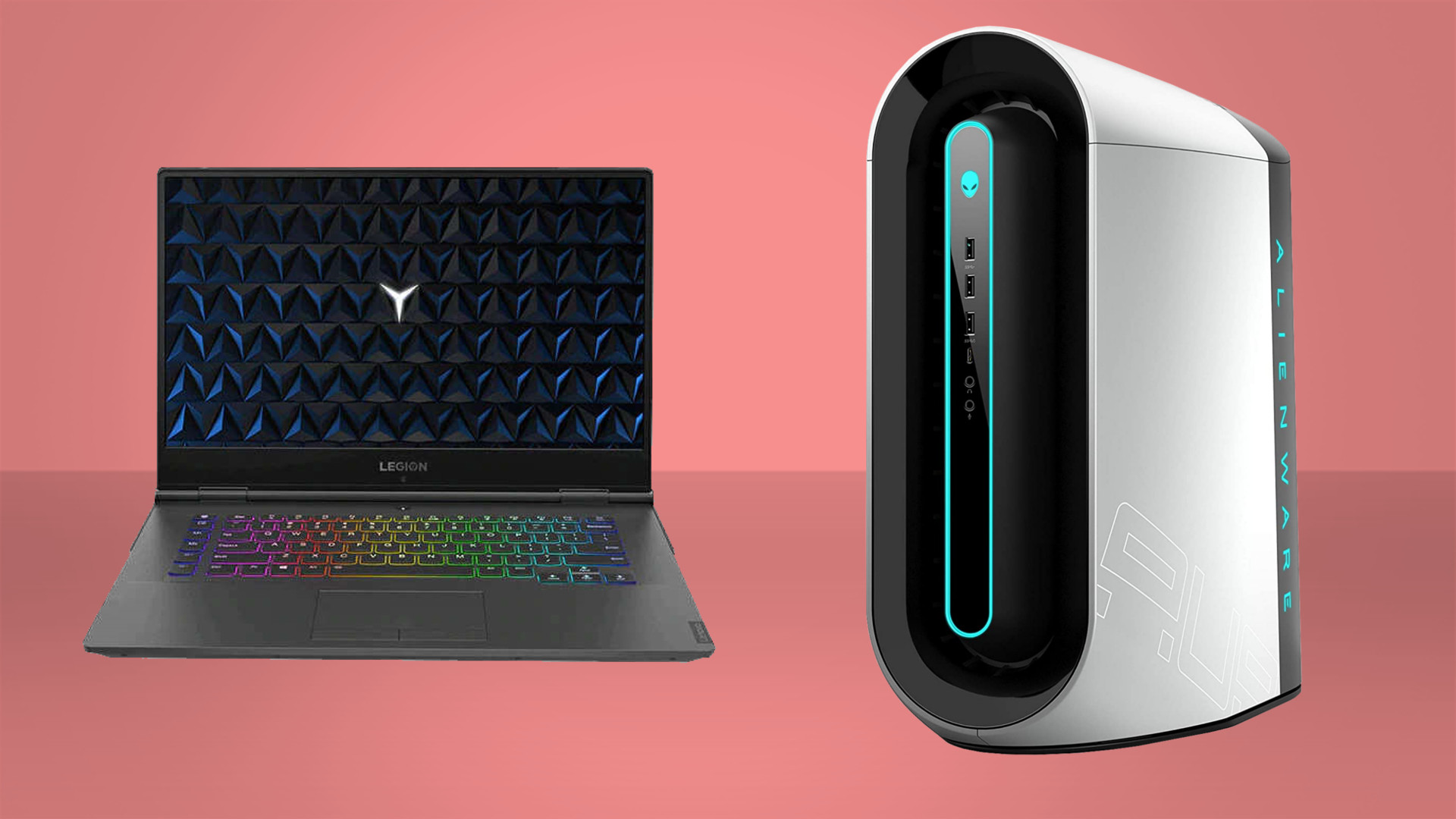The semiconductor shortage combined with the pandemic has been an absolute trial for many businesses, and it's no surprise that chip manufacturers have been heavily disrupted. Chip manufacturers like TSMC have been under the pump trying to deal with demands and disasters, and Intel has taken this opportunity to position itself strategically for the future.
An analysis on SemiWiki (via The Hardware Times) talks about the strong lead TSMC has had in terms of logic technology, and how Intel will likely overtake that in the coming years. Especially with that brand new next-gen semiconductor fab.
In the mid to late 2010's fabrication companies Samsung and TSMC used four nodes, resulting in much higher density than Intel's two node solution. TSMC's were specifically beefy, and this has positioned the company to have a fair lead in logic technology for many years.
In more recent years foundries have been slowed by production issues while Intel charged ahead on its CPU roadmap. This sees the company focus on a more modular design for its new chips, including the 14th gen lineup, with an ultimate goal to take the top spot in logic away from TSMC in the next few years.
Intel plans to deliver five nodes in four years thanks to new technologies like extreme ultraviolet lithography (EUV), and Horizontal Nanowires (HNS) to make these modular designs.

Best gaming PC: The top pre-built machines from the pros
Best gaming laptop: Perfect notebooks for mobile gaming
By 2024 it's expected Intel's 20A 2nm chips should be released which will feature the company's proprietary HNS called RibbonFET. It'll also have a form of back slide power delivery called PowerVia to help more easily deliver power to the chip. Next up will be the release of the 18A after which we will see further improvements in EUV technology for making even smaller prints. All of this should help with delivering better performance per watt which is also one of Intel's major goals with these new chips.
With struggling foundries and Intel's current roadmap it seems likely that the company may be putting out the best chips on the market in just a few years. We are still yet to see what TSMC has planned for its own designs for the future, but for now Intel is looking very strong. Let's just see how well the company delivers on its roadmap before getting our hopes too high.
- "
- About
- Absolute
- All
- analysis
- before
- BEST
- brand
- businesses
- charged
- chip
- Chips
- coming
- Companies
- company
- credit
- Current
- deal
- delivering
- delivery
- Design
- fair
- Feature
- Focus
- form
- further
- future
- Gaming
- Goals
- Hardware
- help
- High
- higher
- How
- HTTPS
- image
- Including
- Intel
- issues
- IT
- lead
- Machines
- major
- Making
- Market
- May
- Mobile
- modular
- more
- nodes
- notebooks
- Opportunity
- pandemic
- perfect
- performance
- positioned
- power
- Process
- Production
- release
- released
- roadmap
- s
- Samsung
- sees
- semiconductor
- set
- smaller
- solution
- Spot
- surprise
- Talks
- Technologies
- Technology
- The
- top
- trial
- TSMC
- What
- years











